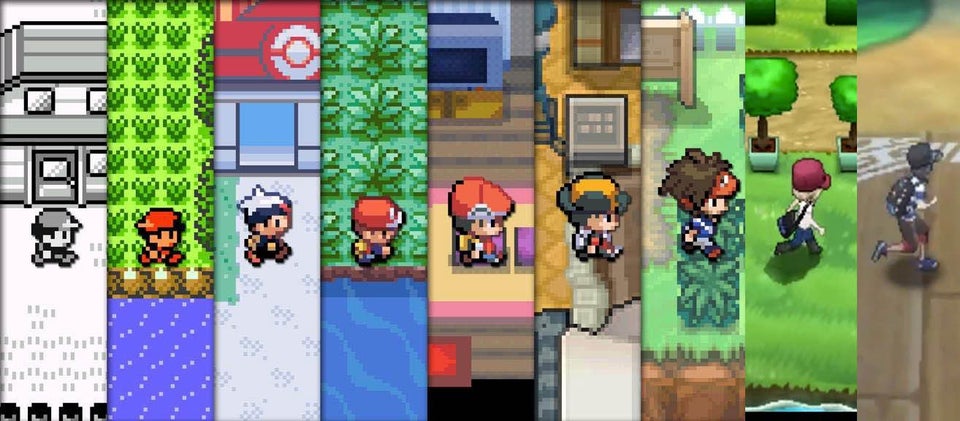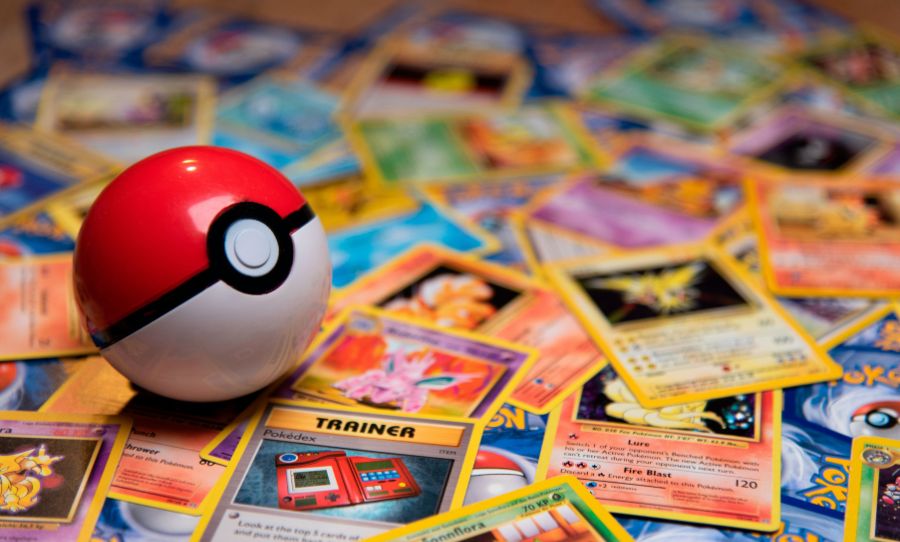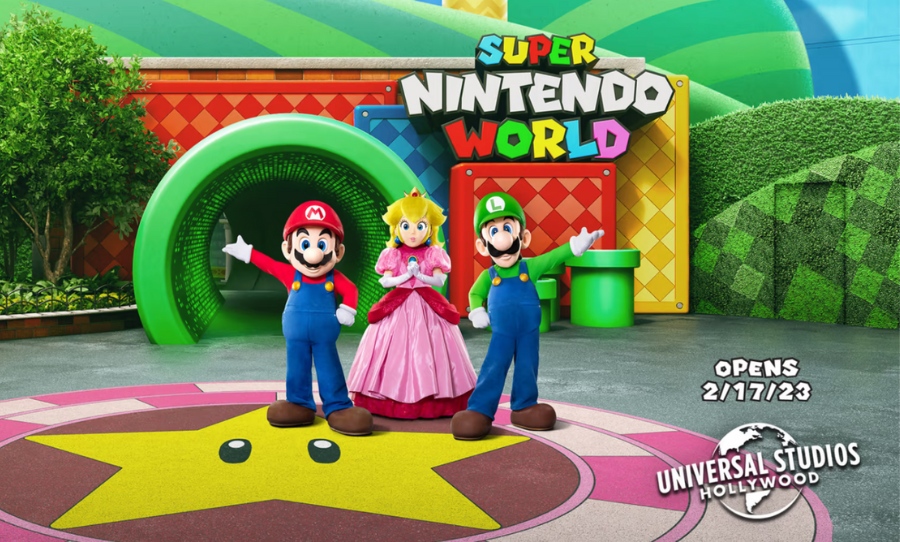One of the most beloved gaming franchises in history, Pokémon was born in 1996 and has since consumed the imaginations of audiences everywhere.
Whether you’ve played all the games, watched the movies and anime, read the books and traded the cards or never even heard of Pikachu, we’ve got you covered. This is the evolution of Pokémon from its birth in Nintendo to the modern world.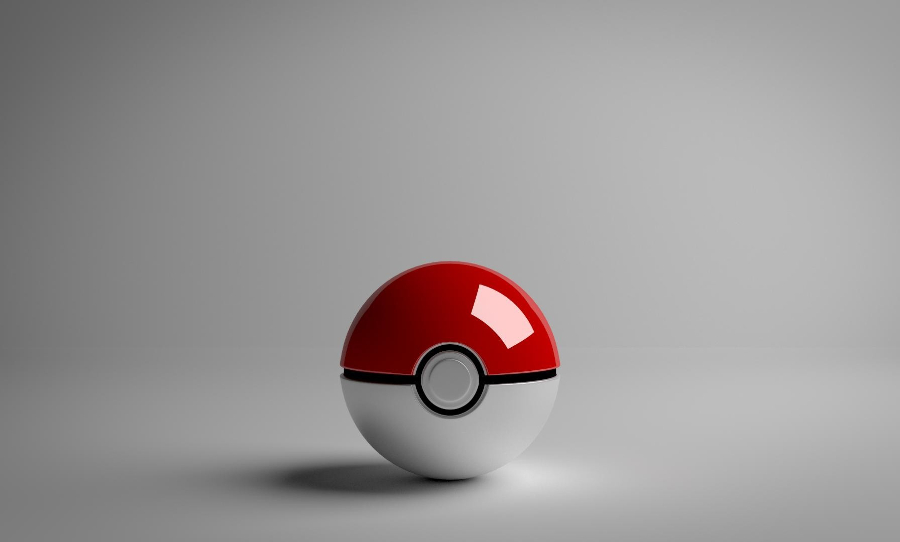
Pokémon was a huge leap forward in gaming. From the Game Boy to the real-world, this is the story of Satoshi Tajiri and how Pikachu became a worldwide phenomenon.
Pokémon Origins
Pokémon began as the hobby of Satoshi Tajiri, who as a child, enjoyed catching insects and tadpoles around a pond near his suburban Tokyo home. With the aid of Ken Sugimori among others, Tajiri formed Game Freak in order to give children the same thrill of imagination he enjoyed as a kid.
Tajiri was also heavily influenced by a television show called Ultra Seven, wherein Ultraman would use huge monsters in capsules to help him fight evil. Therefore it was originally called Capsule Monsters, though Tajiri’s first few pitches to Nintendo failed.
Later, with the help of Shigeru Miyamoto, Nintendo agreed to fund the project, though they still didn’t quite understand it, allowing the partners six years to prepare the first game. However, due to trademark issues Capsule Monsters was changed to Pocket Monsters, and Pokémon was born.
Game Boy Debut
During the creation of the original game, Satoshi Tajiri went to extreme lengths to see his dream fulfilled. With the help of artist and friend Ken Sugimori and composer Junichi Masuda, Game Freak built Pokémon Red and Green, with 150 creatures for players to catch, train, trade, and battle.
However, the strain nearly drove Game Freak to bankruptcy with five employees quitting due to troubling financial conditions. As a result, Tajiri worked extremely long stints of unpaid hours during the creation of the first game.
After debugging was finalised and the software complete, Shigeki Morimoto programmed the ultra-rare Mew into the game, although Game Freak planned to keep the 151st Pokémon a secret.
On February 27, 1996, Pokémon Red and Green Versions were released on the original Game Boy. Upon release, the game only saw modest sales, although, after players discovered Mew, the youth magazine CoroCoro announced a “Legendary Offer” to distribute Mew to twenty lucky winners.
The contest saw 78,000 entrants and demand for the game soon skyrocketed. As a result, Pokémon Blue was released with enhanced graphics and sound.
The Pokémon Trading Card Game was soon developed by Media Factory in October 1996. It contained an alternate set of rules and saw massive popularity upon release. CoroCoro also held many illustration contests for the cult card game. From this point, Pokémon continued to take over Japan, achieving unprecedented cultural status.
An anime series was born with the main character and trainer named Satoshi – after Satoshi Tajiri, though this was later changed in English to Ash Ketchum – with his rival named after Shigeru Miyamoto – later Gary Oakes in the English dubbed version.
A manga was also made called The Electric Tale of Pikachu which became the first-ever Japanese anime translated into English. Furthermore, the term Gotta Catch ‘Em All was coined in conjunction with the film, Mewtwo Strikes Back, which briefly held the record for highest-grossing opening for an animated film when it aired in the US in 1999. Plus, the first-ever Pokémon Centre was opened in Tokyo which focused on merchandise and all other spin-offs.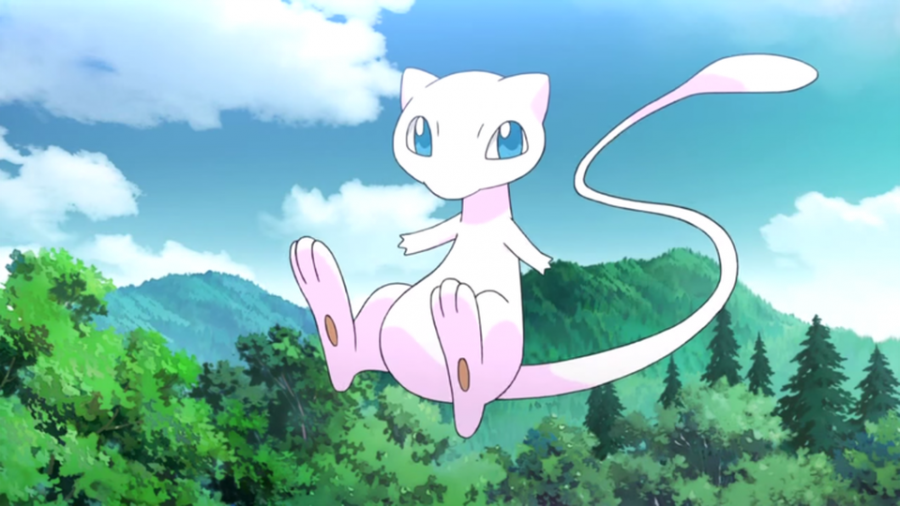
Worldwide phenomenon
With the second generation of games, players were able to choose their gender for the first time as well as catch a whole array of new legendary Pokémon and trade them via mobile phone.
Pokémon Gold/Silver/Crystal are frequently cited as the best Pokémon games ever made for its vibrant new look on the Game Boy Color in 2000 and updated mechanics. It featured three legendaries that appeared at random around the world: Celebi, Suicune, and Raikou. The latter received its own TV special, The Legend of Thunder! featuring new characters from the second generation.
In 2002, Pokémon Ruby and Sapphire were introduced with a new land called Hoenn, 135 new Pokémon and many other extensive changes. Now players could purchase the Pokémon box to transfer 1,500 previously caught Pokémon to their Generation III games.
Two years later, an updated version of the original games was released for the Game Boy Advance achieving a massive spike in sales. FireRed and LeafGreen brought the old titles up to Generation III standards with wireless trading the entire collective Pokédex.
Today, Pokémon is the second biggest gaming franchise in the world. The first is Super Mario, also owned by Nintendo.
From 1996 to 2020, Pokémon has sold 240.3 million games in the main series alone. The original series sold the best, making up 60 million. As for the top three selling games: Red/Green/Blue (1996) 31m, Gold & Silver (1999) 23.1m, and Diamond & Pearl (2006) 17.6m, take the podium.
Since then, Pokémon has become a key part of pop culture and entered our collective consciousness. With each successive generation there came new scores of fans and hundreds of new Pokémon, including the massively popular real-world experience, Pokémon Go in 2016. So whether you played them as a kid or have never seen Pikachu, there has never been a better time to say: Gotta Catch ‘Em All. 